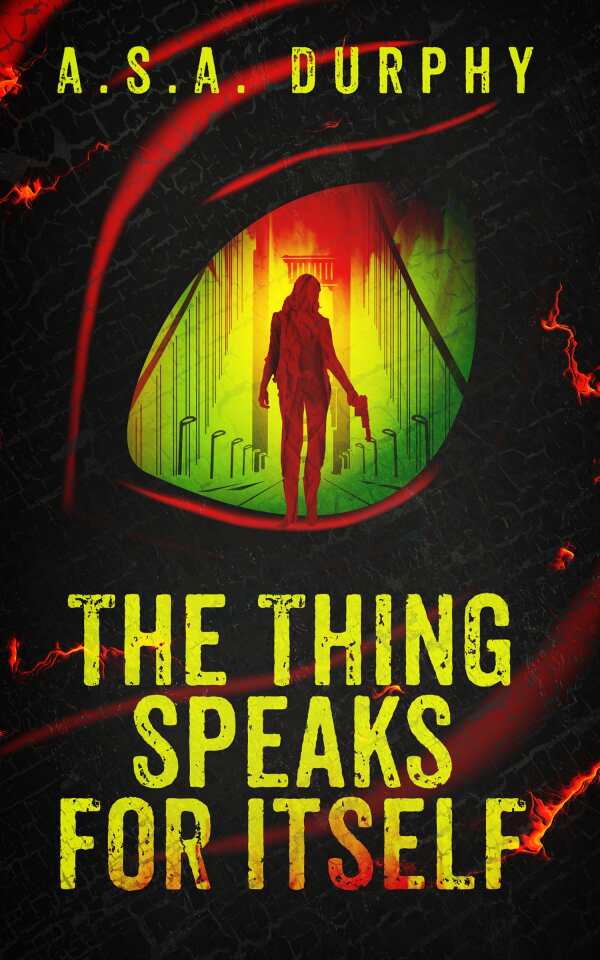The Thing Speaks for Itself
A riveting novel of crime and politics, family and domestic horror, this is solid entertainment
A. S. A. Durphy’s The Thing Speaks for Itself is a study not just of crime and violence, but of people. Friendships and family relations serve as a focal point in the novel, clearly showing the impact that a person’s professional life can have on their personal life. Action-packed from the beginning, this is a novel in which the brutality of criminals and the horror of violence is on full display.
As a new special agent with the State Department, Gracie Stratis doesn’t quite know what to expect from her assignment to cover her home state of California. While not nearly as glamorous as some of the foreign assignments she could have been given, California does have its challenges, hosting an ample number of both foreign dignitaries and nefarious criminals. Gracie is also recovering from a recent trauma, working with a therapist, Dr. Ipsa, who talks her through her continual visions of smoke.
Her veteran partner Charles helps, offering a cool demeanor and sound direction when they’re working, but Gracie can’t help but worry that her missions will turn into an adventure—something she regards as resultant from “bad planning.” When her partner is killed and her childhood friend goes missing, it becomes clear that her fears are justified.
Terse but telling scenes drive the novel’s often graphic, but not too gory, action forward, through fires and firefights, establishing early on that no character is safe from an untimely demise, that “one bullet can erase a whole lifetime of possibilities.”
Furthermore, this is a work deeply aware of the changing realities of urban life, continually commenting on the locust-like effect of gentrification on established but low-income communities. Scenes describe going to the ubiquitous new coffee shops as “surfing the tide of yuppies that flooded in, block by block.” The novel outlines perfectly the succession of a neighborhood’s tenants, from punk rockers to moms with strollers, imparting a realistic look at modern-day California.
Quieter scenes sometimes move too slowly, though, and are occasionally unbelievable. Scenes with Gracie’s therapist, who attempts to help her refocus her mind, move at a tedious pace. At times, Gracie’s missing childhood friend Noah is almost a parody of a political operative, with drug problems and involvement with society’s seedy underbelly.
Even so, The Thing Speaks for Itself thrives on adrenaline. A riveting novel of crime and politics, family and domestic horror, this is solid entertainment.
Reviewed by
Alex Franks
Disclosure: This article is not an endorsement, but a review. The publisher of this book provided free copies of the book and paid a small fee to have their book reviewed by a professional reviewer. Foreword Reviews and Clarion Reviews make no guarantee that the publisher will receive a positive review. Foreword Magazine, Inc. is disclosing this in accordance with the Federal Trade Commission’s 16 CFR, Part 255.

